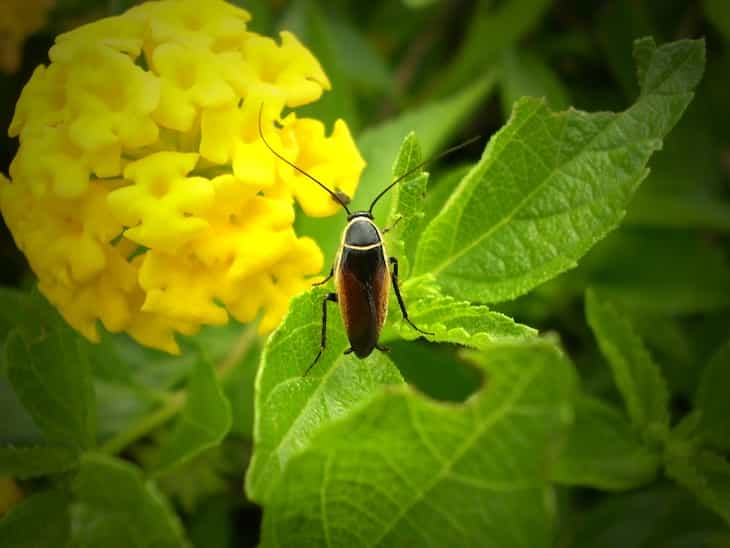Gardening tips: Safe pesticides for fruit trees
Fruit trees need pesticides – they tend to attract lots of pests that can damage your fruits and other plants nearby.
Meanwhile, you can't just use any pesticide that's effective – you have to choose a safe one, so your fruits will be safe to eat too.
Here is how you can do it.
Research natural options
Look for natural or organic pesticides that are safe for use on fruit trees.
These options often contain ingredients derived from plants or minerals.

Read labels carefully
Examine the pesticide labels for information on target pests, application instructions, and safety precautions.
Make sure the pesticide is suitable for fruit trees and the specific pest or disease you're dealing with.
Consider low-toxicity options
Choose pesticides with low toxicity levels to minimize potential harm to beneficial insects, wildlife, and the environment.
Look for products labeled as "low toxicity" or "environmentally friendly."
Follow application instructions
Apply the pesticide according to the instructions provided on the label.
This includes the recommended dosage, timing, and method of application.
Protective measures
Wear protective clothing, such as gloves and a mask, when handling and applying pesticides.
This helps protect your skin and respiratory system from potential exposure.
Timing is important
Apply the pesticide at the right time to maximize its effectiveness.
This may involve treating the trees during specific stages of growth or when pests are most active.
Integrated Pest Management
Consider using an Integrated Pest Management approach, which combines various strategies such as biological controls, cultural practices, and targeted pesticide use.
This helps minimize reliance on pesticides and promotes long-term pest control.
Previously, we talked about healing herbs.
